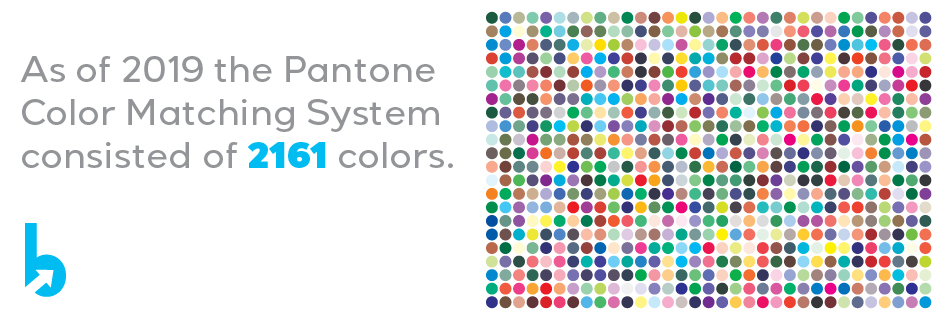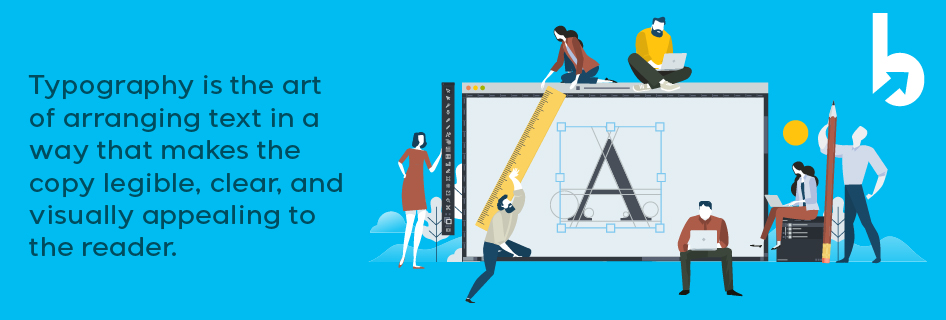Content Marketing
Like other brands, financial institutions need to establish a consistent image across platforms and channels. However, not all banks and credit unions have a brand book or style guide for internal employees and external partners to refer to when creating communications, ads, and other messaging. In this article, we’ll walk you through the step-by-step process of creating a style guide for your financial brand. While it may require an initial investment of resources, the results will continue to pay off for years to come.
Why does your bank need a branding guide?
Still not convinced that creating a style guide is a worthwhile use of resources? We know that many bank marketers already have a to-do list longer than one person can handle. But here’s why you should still add “create brand book” to that list or consider outsourcing it.
Branding guides are useful for both internal and external marketing purposes, streamlining the design process by providing standardized preferences. This allows your various teams to create design assets that match your preferred styling without the need to communicate these preferences to each team individually. When all teams are utilizing the same base information to construct their design assets, a branding guideline makes the process both easier and more consistent. Some common applications of a branding guide might include:
- Digital Ads
- Social Media Posts
- Website Imagery
- Blog Images
- White Papers & Newsletters
- Printed Materials
If you believe that your bank or credit union could benefit from building a branding guideline, but you’re not sure where to start, here are some tips to help you identify key branding elements to include in your guide.
Brand Story
What is your bank or credit union all about? You probably already have some or all of your story posted on your website under “About Us” or “History.” For your brand story, pull from that content to include your mission, core values, and story. Don’t be afraid to show your personality!
Branded Colors
 This is fairly simple, but can inform many of the choices that your designers might make when creating assets. If you’re using your website as the basis for your branding guidelines, then you can easily pull colors from your web pages using any number of methods. One of the simplest is using a browser extension like this handy Eye Dropper tool to select colors from any website to learn the hex codes for each color. Hex codes are unique numbers used to identify colors precisely for digital design purposes. Including the corresponding PMS (Pantone Matching System) color codes is also a worthy exercise in case any professional print jobs land on your to-do list. This will help you quickly create a color palette that you can use for all of your assets.
This is fairly simple, but can inform many of the choices that your designers might make when creating assets. If you’re using your website as the basis for your branding guidelines, then you can easily pull colors from your web pages using any number of methods. One of the simplest is using a browser extension like this handy Eye Dropper tool to select colors from any website to learn the hex codes for each color. Hex codes are unique numbers used to identify colors precisely for digital design purposes. Including the corresponding PMS (Pantone Matching System) color codes is also a worthy exercise in case any professional print jobs land on your to-do list. This will help you quickly create a color palette that you can use for all of your assets.
Be sure to include the colors used in various elements of your website design, such as buttons, background colors, your logo, etc. These can be used as the basis of your palette for future designs.
Logo Options
 Your logo is your brand signature and it should be easy to identify. It’s likely that your logo is available in different dimensions so that it can be utilized in a variety of printed and digital assets. You may have square, horizontal, and vertical versions of your logo, all of which you will want to include in your brand guidelines. Also consider:
Your logo is your brand signature and it should be easy to identify. It’s likely that your logo is available in different dimensions so that it can be utilized in a variety of printed and digital assets. You may have square, horizontal, and vertical versions of your logo, all of which you will want to include in your brand guidelines. Also consider:
- Space usage rules
- The color variations you will accept
- Minimum log size
- Any “don’ts” you have for your logo
Image Preferences & Styling
Financial institutions need to incorporate illustrations and stock photos into their advertisements and websites. It’s helpful to write guidelines for style, concept, and composition to keep your image preferences consistent across communications. For example, is your image style more classic or modern? Do you want to prioritize diverse representation in photographs featuring people? Or would you prefer to avoid photographs of people altogether?
Fonts or Typefaces
Do you have a typography system? One font you use for everything? Different fonts for body paragraphs and headers? Outline your brand’s type hierarchy, which consists of your preferred styles, sizes, and weights, as well as the specific purposes they should be used for. For example, do you want to use H1s for the title, H2s between sections, or even H3s as well?
Compliance Logos
Which compliance logos, such as for the FDIC, NCUA, and Equal Housing Lender, need to be included on certain website pages or advertisements? Also, how do you want others to refer to your bank or credit union’s products and services? This includes capitalization, spacing, and trademark symbols.
Copywriting Preferences
What is your tagline and what are the guidelines for using it? For example, can a verb tense be changed or must it always appear in the same way? Are there rules for capitalization and punctuation? Do you prefer a more formal or casual writing style? Do you have a preference for whether or not to use Oxford commas?
Start building a style guide today!
Creating a brand book can be time-consuming and you may not have expertise in each and every design decision. Take the stress out of creating a style guide for your financial brand—use a full-service agency like BankBound with professional, experienced designers on staff to meet all your branding needs. We offer a full range of digital marketing solutions. Contact us to learn more!

